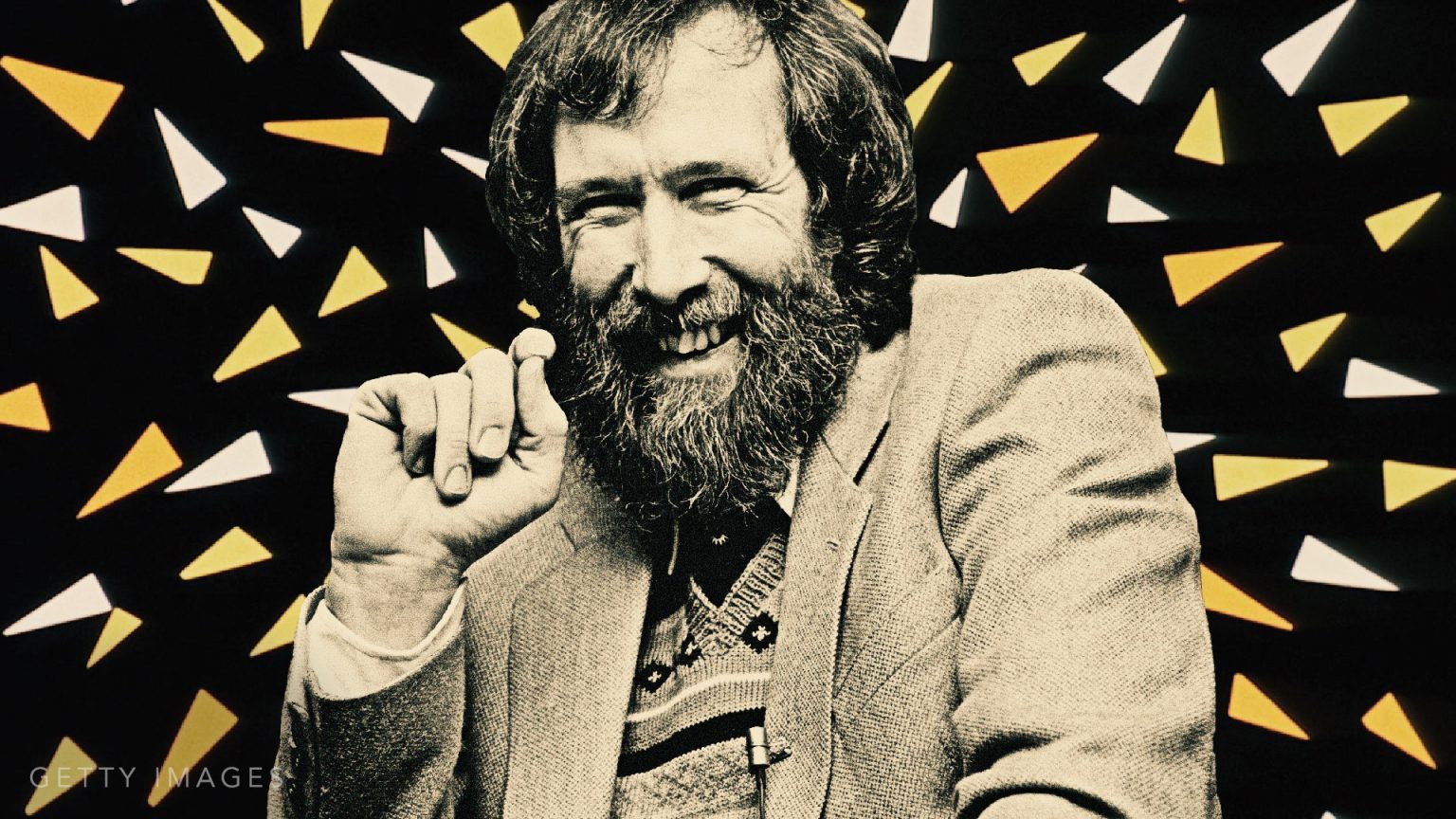Jim Henson had a legendary impact on film and television. In an age when people thought of puppetry as lifeless children’s entertainment, Henson revolutionized the form by making and operating puppets in a way that made them softer, emotionally engaging, and more full of life. With productions like The Muppet Show and Fraggle Rock, he entertained children and parents alike, using his creations to discuss real, sensitive issues and as tools for subversion. Additionally, Henson had a tremendous impact on a little show called Sesame Street, a show that, along with Fred Rogers, helped make and sustain the Public Broadcasting Service and influenced generations of children. From there, Henson would go on to explore darker and more adult themes in movies like The Dark Crystal and the cult classic, Labyrinth.
But believe it or not, there was a time in the 1960s — between making television ads for various coffee companies and his later success with The Muppets — when Henson was a young artist, struggling to find his voice and direction in moviemaking. At this time, he created a series of animated and live-action short films that combined his desire to make movies with a message and the playfulness with which he wanted to share those messages. While these short films are worth watching for their historical interest, they’re also engaging windows into an artist on the verge of a creative breakthrough.
Ripples and Wheels That Go (1967)
These two short films start with concrete, realistic scenes. In Ripples, a man in an office scans through papers. In Wheels That Go, a child plays with a toy car. But from there, the films detour into a surreal comment on time and memory. With the use of quick cuts and foley sound, Ripples shows us how the action of dropping a sugar cube into a cup of coffee triggers a series of memories centred on rippling water. It gives the viewer an impression of a short circuit of memory. Just as soon as it’s triggered, it ends and the man goes back to work. Wheels That Go is similar, but the tone is more innocent. Here, it’s a child undergoing the sense memory, so the centre of the visual on shapes, the idea of travel, and a mother figure. In no time at all both films tell a story, invoke the idea of memory, and provide a fascinating character study.
Alexander the Grape (1965) and Cat and Mouse (1961)
These two animated shorts speak most directly to the children’s programming that would directly follow their creation. Alexander the Grape tells the story of a small, lowly grape that dreams of being a big, strong watermelon. It’s a simple but effective parable of the dangers of trying to be someone you’re not — it’s only a shame that it was never finished. Cat and Mouse tell a different story, playing out like a darker (and jazzier) episode of Tom and Jerry. Here we see a glimpse of Henson’s future once he departed The Muppet Show for The Dark Crystal.
Drums West (1961) and Shearing Animation (1961)
These two movies represent Henson’s most interesting work from this period. Eschewing his own proclivity for message filmmaking, Henson designed and animated these two abstract films to a jazz soundtrack. In Drums West, paper cutouts explode and dance, signifying different instruments and sounds. Shearing Animation takes it a step further by adding paint to Henson’s cutouts. The result is a true mixed media art film that not only invokes an art gallery but also hints at the future of music videos.
Time Piece (1965)
This live-action film, which stars Henson himself, is not only the filmmaker’s longest short film (clocking in at almost ten minutes) but also, perhaps, his most ambitious. Here, Henson lays bare his feelings about society as a machine that turns the human-animal into a cog. Using foley and edits that harken back to Ripple and Wheels That Go, he overlaps basic human function with mechanical effects. In the end, Time Piece is a risqué, incisive (if not dated) commentary on life and mortality.
Watch Now: Jim Henson’s The Cube, which takes many of the lessons that the filmmaker learned with these smaller movies and turns it into a more expansive feature. And don’t forget to watch Henson’s short films too!




